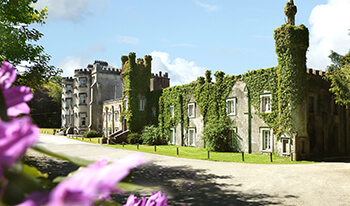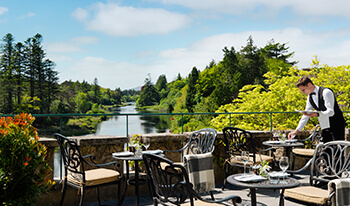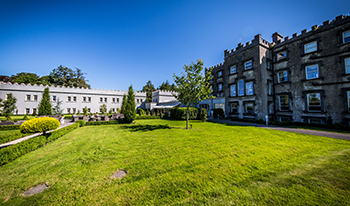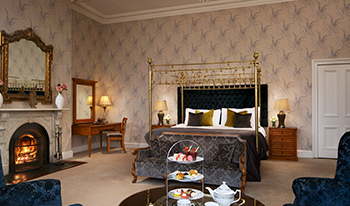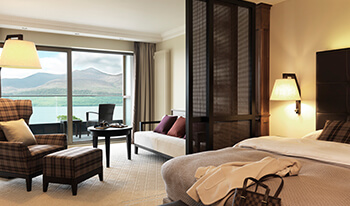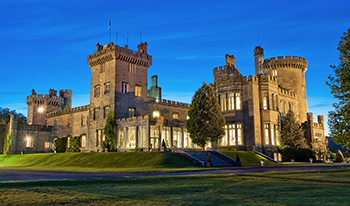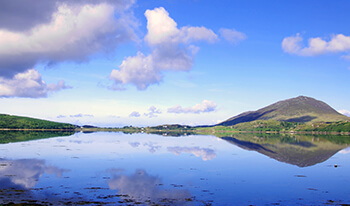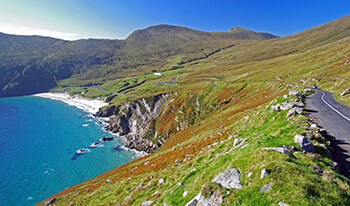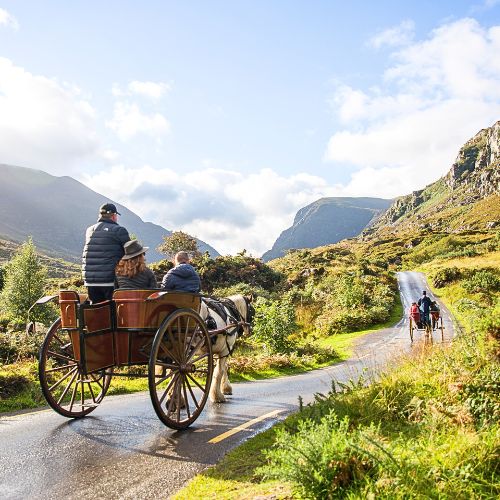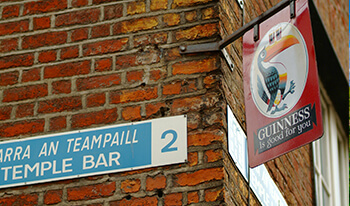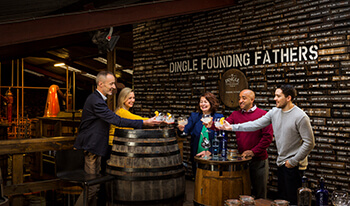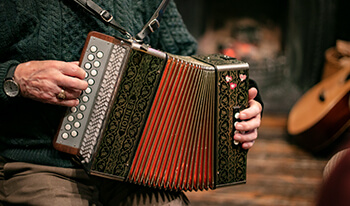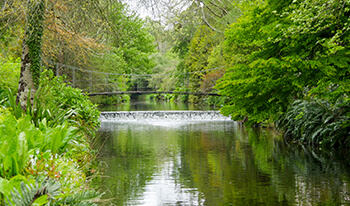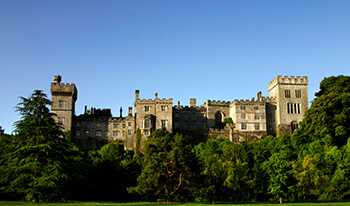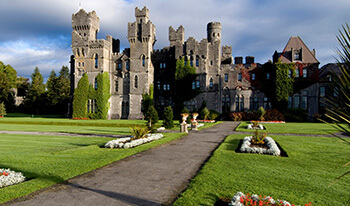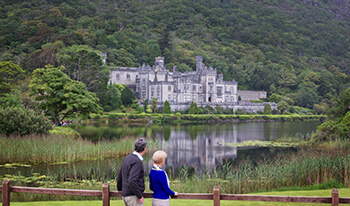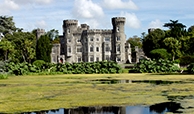Muckross House
This nineteenth century Victorian mansion is set against the stunning beauty of Killarney National Park. The house stands close to the shores of Muckross Lake, one of Killarney's three lakes, famed world wide for their splendour and beauty. As a focal point within Killarney National Park, Muckross House is the ideal base from which to explore this landscape.
Muckross House was built for Henry Arthur Herbert and his wife, the water-colourist Mary Balfour Herbert. This was actually the fourth house that successive generations of the Herbert family had occupied at Muckross over a period of almost two hundred years. William Burn, the well-known Scottish architect, was responsible for its design. Building commenced in 1839 and was completed in 1843.
Originally it was intended that Muckross House should be a larger, more ornate, structure. The plans for a bigger servants' wing, stable block, orangery and summer-house, are believed to have been altered at Mary's request. Today the principal rooms are furnished in period style and portray the elegant lifestyle of the nineteenth century landowning class. In the basement, one can imagine the busy bustle of the servants as they went about their daily chores.
During the 1850s, the Herberts undertook extensive garden works in preparation for Queen Victoria's visit in 1861. Later, the Bourn Vincent family continued this gardening tradition. They purchased the estate from Lord and Lady Ardilaun early in the twentieth century. It was at this time that the Sunken Garden, Rock Garden and the Stream Garden were developed.
Muckross Traditional Farms
Step back into the past on Muckross Traditional Farms and visit a very different Ireland – the Ireland of the 1930s and 1940s. Then, a trip to the well was still a daily chore for the housewife and electricity had yet to be introduced to the countryside. The horse reigned supreme - all farming activities were carried out using horsepower and traditional farm machinery. The rhythm of life followed a yearly cycle and the farmer's activities were governed by the seasons and the weather. Visit three separate working farms (small, medium and large), each complete with animals, poultry and machinery. The farm dwellings are furnished in traditional style, complete with dressers, settlebeds and mealbins. There is also a Labourer's Cottage, a Carpenter's Workshop and a Blacksmith's Forge.
Tours featuring this attraction
Peace of Mind Guarantee
Your trip, worry free!Our Ireland based team is on call throughout your vacation!
